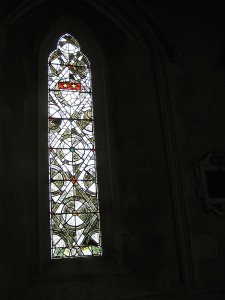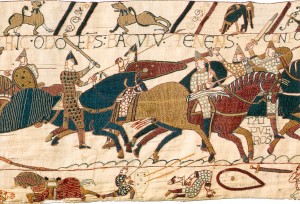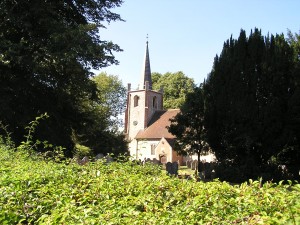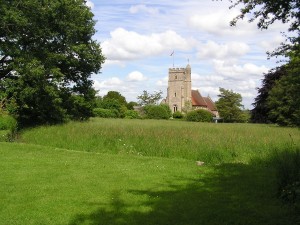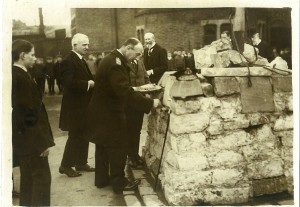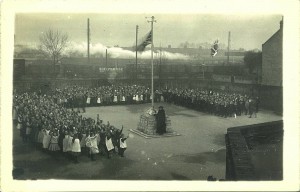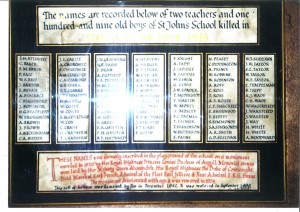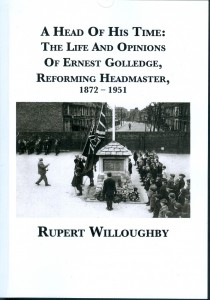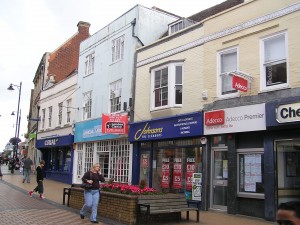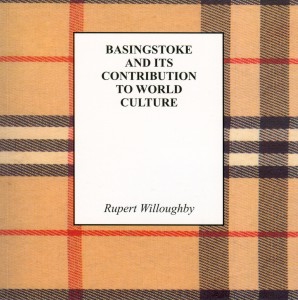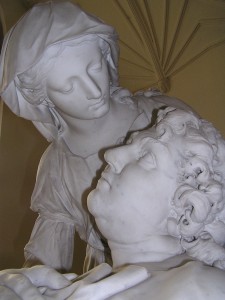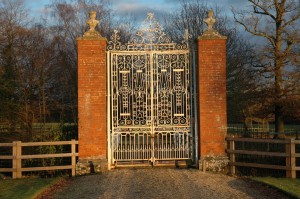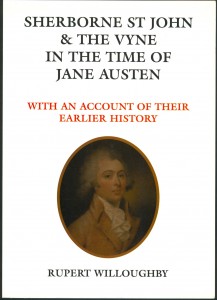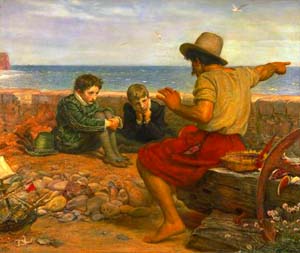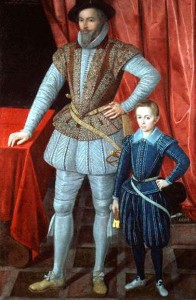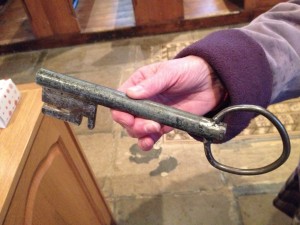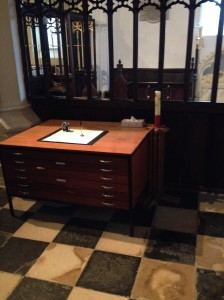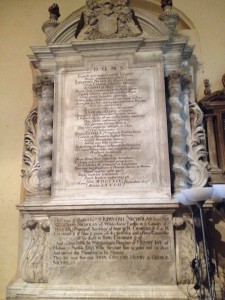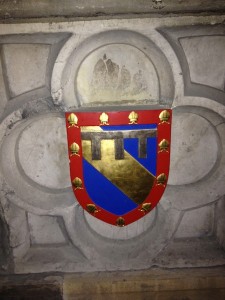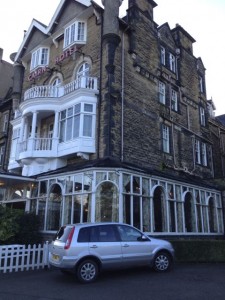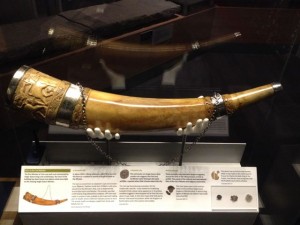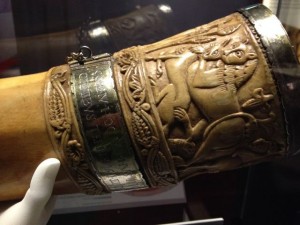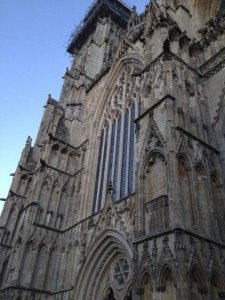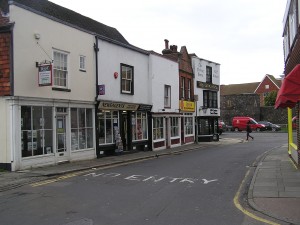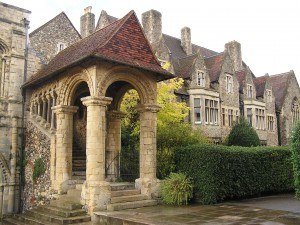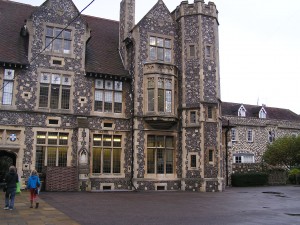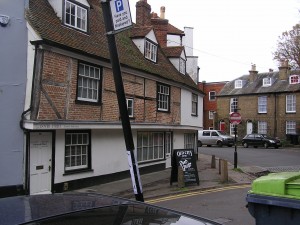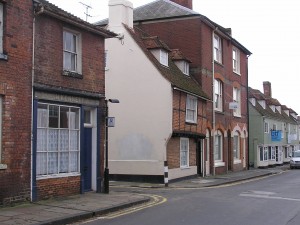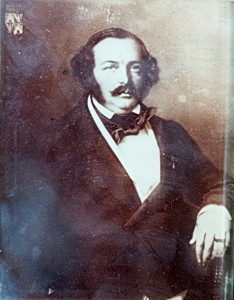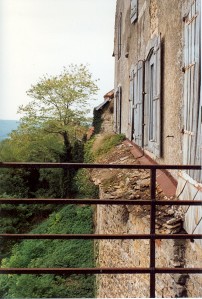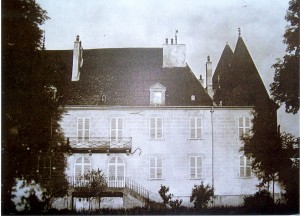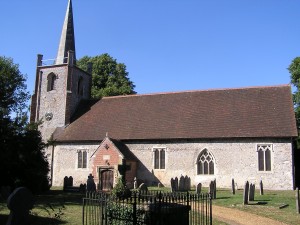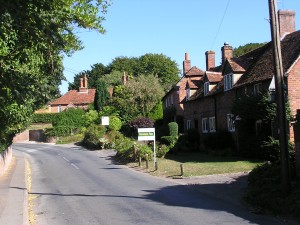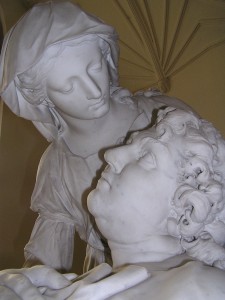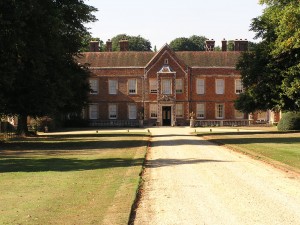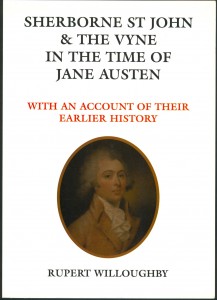Alone among noble families, the St Johns (Lords St John of Bletso and Viscounts Bolingbroke) descend from a Domesday tenant-in-chief – a landowner who, in 1086, held his estates directly from the King.
Their male-line ancestor, Hugh de Port, was an obscure Norman knight in the service of Odo, Bishop of Bayeux, the younger half-brother of William the Conqueror, from whom he held a modest three ‘knight’s fees’ – just enough land to support three knights. Hugh was a retainer of sufficient prominence to witness a pre-Conquest charter of Duke William, but it was as a participant in the Conquest of England that his fortunes were transformed.
Hugh is likely to have held a command under Odo, who assisted at the invasion of England with his own squadron of knights. Not notably pious, Odo was conspicuous on the field of Hastings, ostensibly ‘preparing for the combat with prayers’, but quite probably berating the English with his club and, at a key moment in the battle, re-animating a demoralised contingent of Bretons, an incident that is depicted on the Bayeux Tapestry (‘Here Bishop Odo, holding his club, cheers on the boys’).
Described as ‘a man of eloquence and statesmanship, bountiful and most active in worldly business’, Odo was the outstanding beneficiary of the Norman Conquest, receiving by 1067 the earldom of Kent (comprised of about 200 manors in that county and a further 300 elsewhere, as well as the wardenship of Dover Castle), and sharing with William fitz Osbern the vice-regency of the kingdom during William’s periodic absences abroad.
It is thought that, while in Kent, Odo commissioned the Bayeux Tapestry (decidedly a work of English craftsmanship) as an adornment to his cathedral. There are three depictions of him on the Tapestry, and illustrations also of the knights Wadard and Vital, who appear to have been his retainers. Hugh, their companion-in-arms at Hastings, does not appear, but his accumulation of spoils, hardly less spectacular than that of Odo himself, is a measure of the considerable favour in which he was held.
In the immediate aftermath of the Conquest, Hugh received from Odo the under-tenancy of thirteen manors in Kent and of a further thirteen in Hampshire, as well as one of the wards of Dover Castle. By the time of the ‘Domesday’ survey (1086), he had acquired an additional fifty-five manors in Hampshire, including Basing, Sherborne and Portsea, as tenant-in-chief – holding them directly of the King – and indeed was the most important lay tenant-in-chief in the county. A scattering of manors in four other counties spread his influence as far as Herefordshire.
In many of these manors Hugh installed his own retainers as sub-tenants, men like Roger of Escures, who has given his name to the village of Nately Scures, near Basing. Escures is three kilometres south of Port-en-Bassin in the Calvados, which was obviously Hugh’s native town.
Hugh had proved himself indispensable to William as much as to Odo. Conspicuously favouring ‘new men’ to give effect to his will, the King made him Sheriff of Hampshire; and in 1085, by which time Odo was in disgrace and languishing in prison, had Hugh beside him when holding court in Normandy.
Hugh was married to a lady called Orence but had become a monk by the time of his death in 1096 – a wise precaution in view of the orgy of killing and expropriation in which he was implicated. His former patron, Odo, also died in that year, having reinvented himself as one of the spiritual leaders of the First Crusade. Hugh’s son Henry and grandson, another Hugh, were the founders of Sherborne Priory on their Hampshire estate and still clung in 1133 to the three knight’s fees in Normandy – Fontenelles, Commes and Létanville, all close to Port-en-Bassin – which they continued to hold of the Bishop of Bayeux.
The younger Hugh’s son, Adam de Port, married Mabel, heiress of Orval and through her mother of the St Johns, another Norman line, originating at Saint-Jean-le-Thomas in the Manche. The family of Port was known thenceforth as ‘St John’. The name still attaching to some of their former holdings, such as Sherborne St John in Hampshire and Stanton St John in Oxfordshire, their memory is indelibly etched on the English landscape.
[Complete Peerage, article ‘St John of Basing’; Lewis C. Loyd, The Origins of Some Anglo-Norman Families (Leeds, 1951), pp.79, 97; David R. Bates, ‘The Character and Career of Odo, Bishop of Bayeux’, Speculum, L (1975), pp.1-20; David C. Douglas, William the Conqueror (London, 1964), p.297; The Gesta Guillelmi of William of Poitiers, ed. R.H.C. Davis and Marjorie Chibnall (Oxford, 1998), pp.124, 164; The Ecclesiastical History of Orderic Vitalis, IV, ed. Marjorie Chibnall (Oxford, 1973), pp.114-18.]
